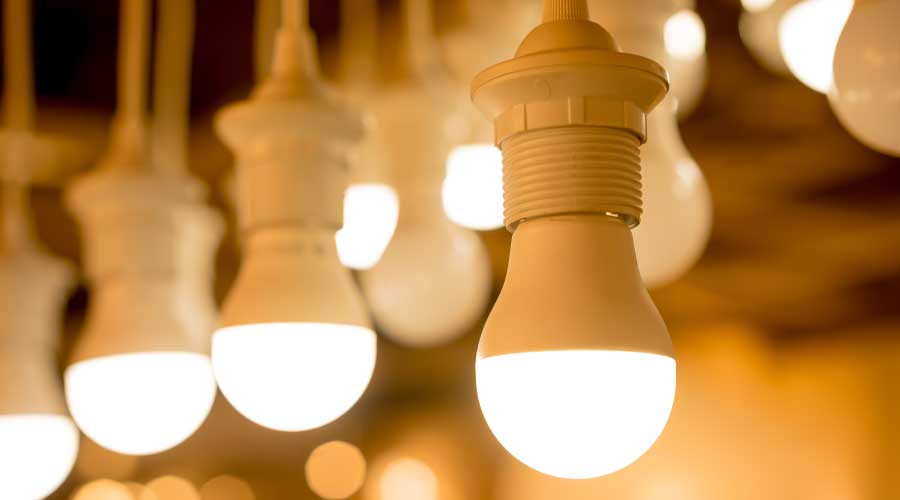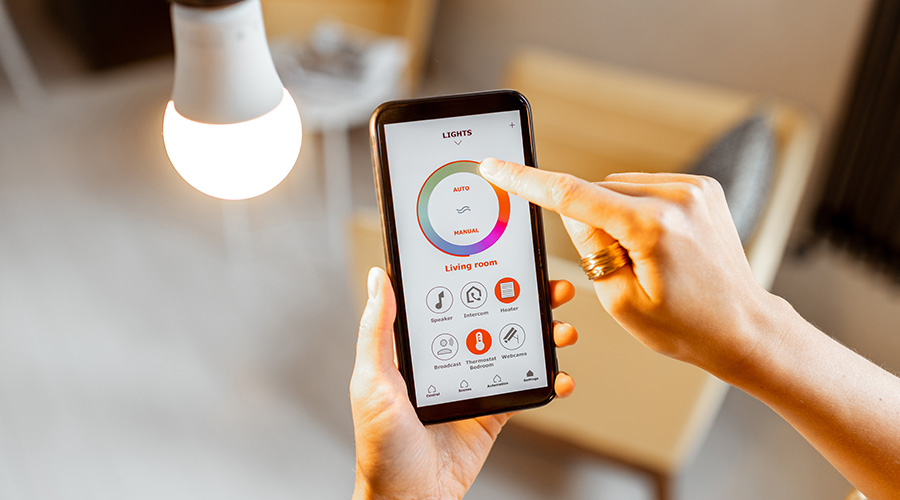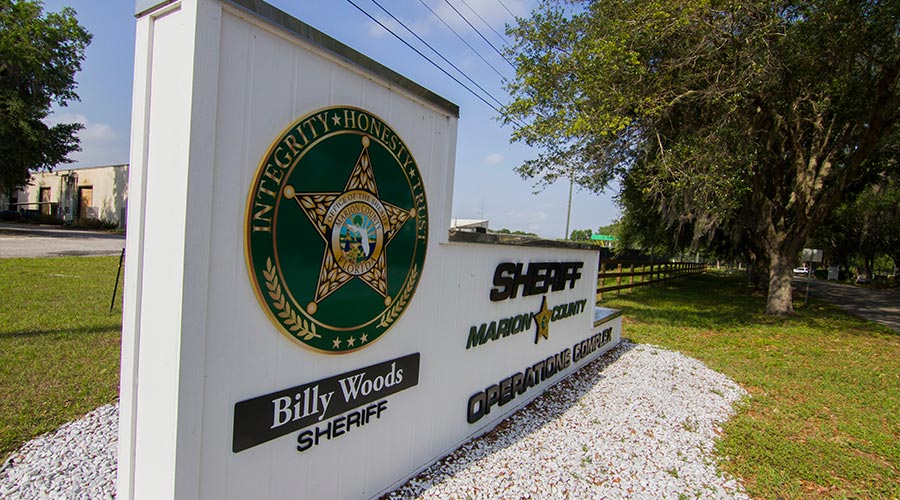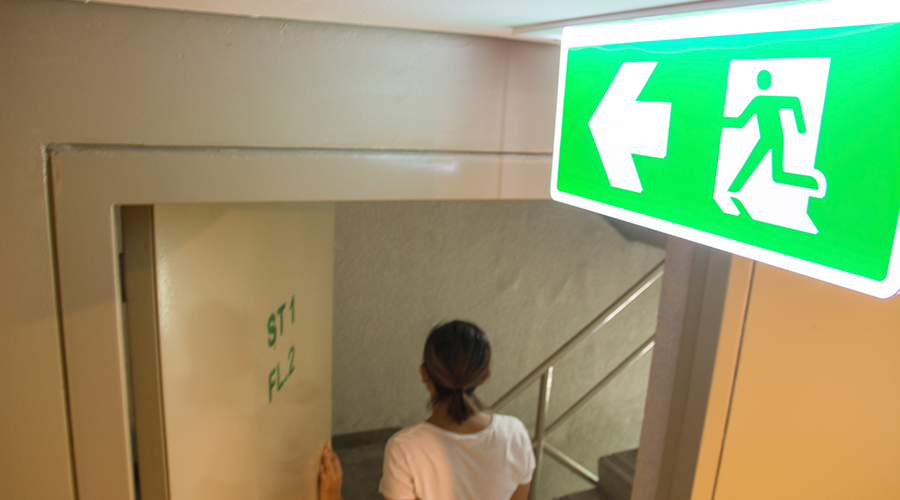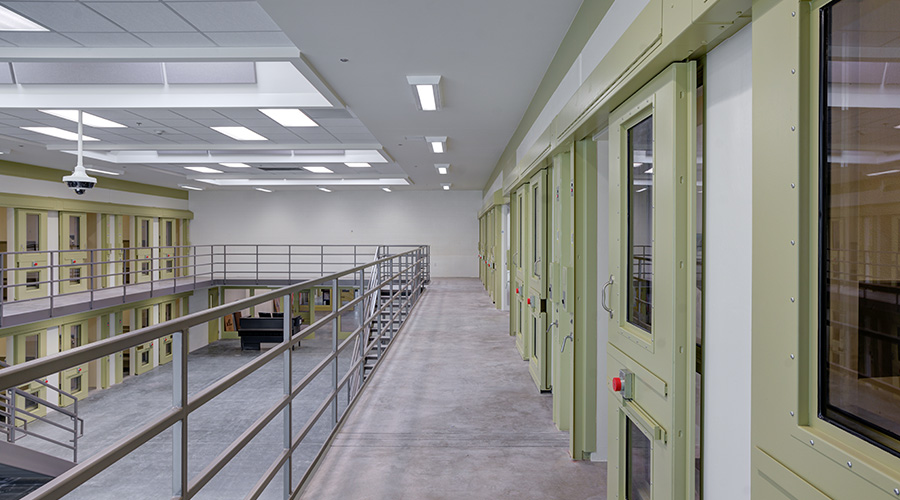Pros and Cons of Lighting Upgrades
Lighting has the ability to completely transform a space.
LED technology has been around for 60 years, but it didn’t become an industry disruptor until 16 years ago. Since then, facility managers have had to truly understand the benefits of the technology so that they can upgrade lighting fixtures throughout their operations. Manufacturers have engineered LED luminaires that address a myriad of common challenges that older facilities face, such as color quality, heat control, sustainability and longevity. Lighting currently makes up 17 percent of all electricity consumption in U.S. commercial buildings, so upgrading to technology advanced lighting reaps significant sustainable and cost-efficient benefits.
“LED luminaires offer quantitative and qualitative benefits. The longevity of LED technology – up to 10 years and 100,000 hours – translates into lower maintenance costs and less replacement of fixtures,” says Bob Tortorello, vice president of Optec LED Lighting. “In comparison, fluorescent lamps instantly start degrading. After only 20,000 hours, a fluorescent lamp will be producing just 70 percent of its advertised lumen output.”
Exploring options
Good lighting has the ability to completely transform a space. However, buying the cheaper option isn’t always the best financial choice because any money that you save on the front end could be added elsewhere, resulting in added costs and greater disappointment. It is important to work with a company that understands the demands of the facility.
“It has come to the point where LED lighting is the only option that is readily available,” says Dan Guillien, field service manager of Kenall Manufacturing. “There are other benefits that lighting can offer, including safe, continuous environmental disinfection, which protects occupant health.”
In just a short amount of time, lighting options went from seven lamp sources to just LED. Several states are already banning sales of fluorescent lamps and the European Union will officially outlaw the sale of florescent lamps come this fall. Operations teams no longer need to stock multiple types of lamps with different colors and wattages to suit multiple applications – it's now all available in one product.
“Improving inefficient lighting systems can breathe new life into older properties while helping to reduce energy consumption since LEDs provide the same brightness as traditional lighting sources but use an astounding 90 percent less energy,” says Tortorello. “By 2027, widespread use of LEDs could reduce the country’s electricity use equal to the annual electrical output of 44 large electric power plants, and lead to total savings of more than $30 billion.”
Unlike fluorescent bulbs, LED are sustainable, making them easier to dispose of. Fluorescent bulbs contain mercury, requiring special handling when they are no longer functional. Disposal of LED luminaires doesn’t present an issue because they don’t contain any toxic materials. In addition, LEDs are 100 percent recyclable, which allows for their components to be recovered and reintroduced as a part of a new product.
“Most luminaires are designed to last years longer than legacy lamp sources. An L70 — the amount of time before an LED lamp drops to less than 70 percent of its original output — of 150,000 hours is not unusual,” says Guillien. “That leads to a lot less waste. What waste is generated is not contaminated with toxins such as mercury.”
Mackenna Moralez is the associate editor for the facilities market.
Related Topics:








